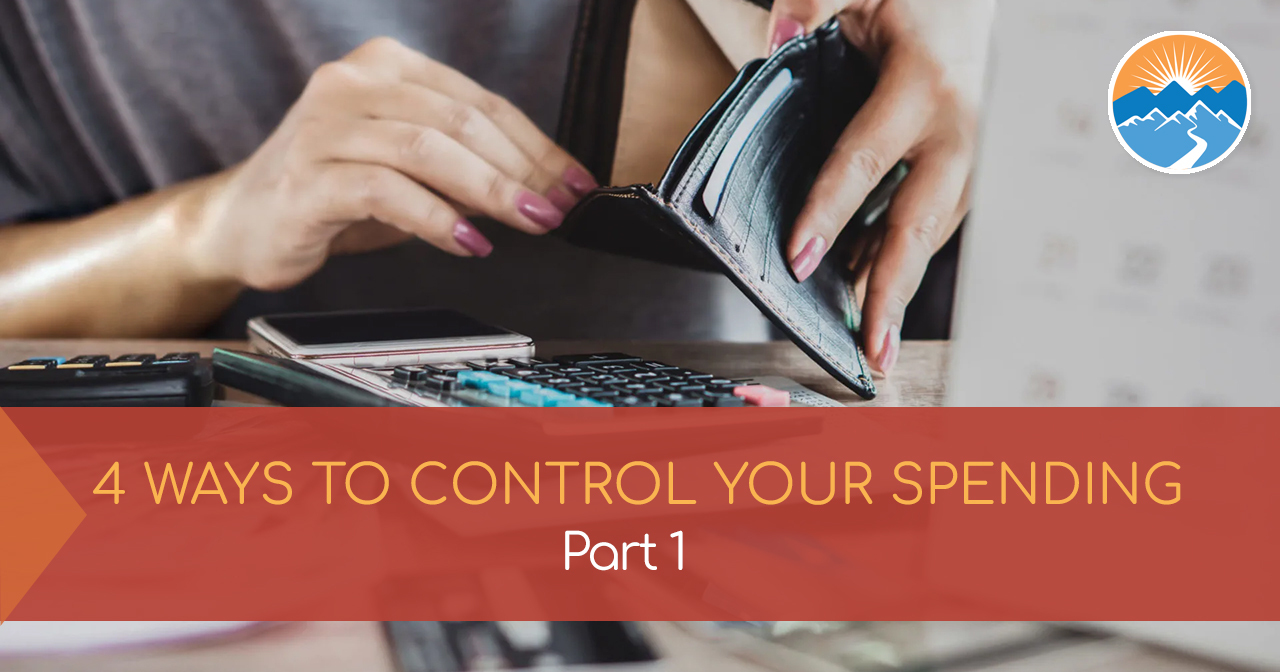Whether you are starting your first job or well into retirement, understanding where your money goes is crucial to avoiding financial stress. The explosion of internet shopping, credit cards with rewards that encourage spending, and a flood of options to pay for more and more things quickly with our cell phones can make tracking spending tough.
Alison Salisbury, owner and founder of Fiscally Fit and current president of the American Association of Daily Money Managers, specializes in helping people gain clarity around their spending. She offers these four tips to remember as you work to get a handle on your spending.
1. It’s Just Numbers
Once data collection begins, and spending details from the past months or years emerge, it’s not uncommon for clients to feel shame about their spending habits. Some may know they spend too much on clothing and feel bad about it, and others may spend too much on credit cards without realizing it and feel embarrassed they didn’t know. It’s important to remember that gaining clarity around spending is not about shame. It’s just numbers. Yes, numbers can tell a story, but a story without judgment. When people have clarity around how they’re spending their money, they can make intelligent decisions about how to move forward, including addressing any negative habits or behaviors.
2. Get Organized
When it comes to spending, the way expenses are categorized is a key part of understanding where your money is going. This is where personal budget planning software can be useful, and Alison uses Quicken to create customized files for everyone she works with. We all organize things differently. Some people are very detailed and others not enough, so she helps them find the right balance of a high enough view that they can see a complete financial picture without getting lost in the minutiae.
3. Find the Patterns
Once spending data is collected and organized, we can look for patterns and trends. A family of four may realize they’re spending $3,000 per month on groceries when they could get by on less. For a budget area like groceries, simply changing the store you frequent could provide savings without cutting back on food. Or maybe minimum credit card payments are starting to balloon, and those balances need to be dealt with. A closer look at obvious areas of overspending can quickly provide savings and increased cash flow.
4. Think of Your Household as a Business
The most important thing for people to understand is that running your household is like running a business. There’s money flowing in and out and you must know your numbers to be successful, regardless of your definition of success. Partners in life under the same roof need to also be partners in this business, with both involved in keeping it running smoothly. The health of the financial relationship depends on it, so it’s crucial that the process is a non-threatening experience for anyone uncomfortable with money decisions, or anyone feeling shame about spending. Again, it’s just numbers.
If you need help feeling in control of your spending, use the Contact link at the top of the page and connect with Esther or Erik. Want to increase your financial independence? Be on the lookout soon for How to Gain Clarity Around Your Spending – Part 2, where we will provide more advice on staying on plan with spending – and still having fun! At Gates Pass Advisors we are committed to supporting your financial well-being and ease.
| Categories:




